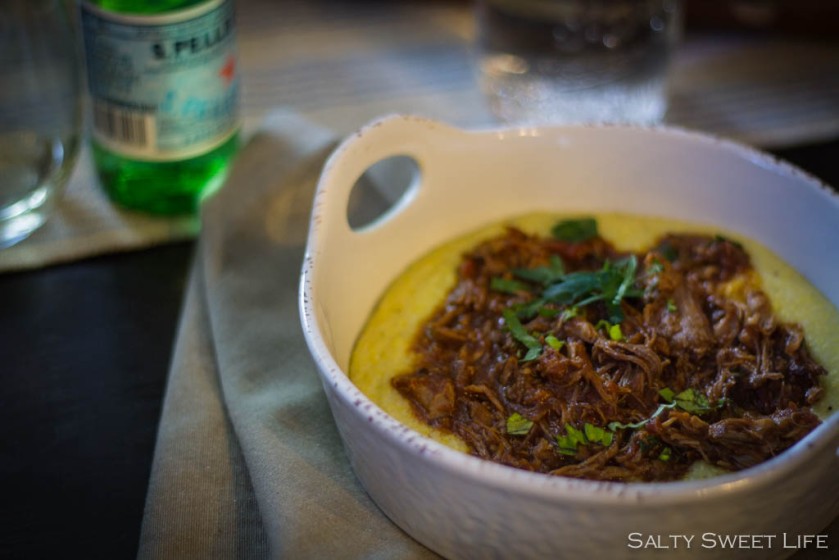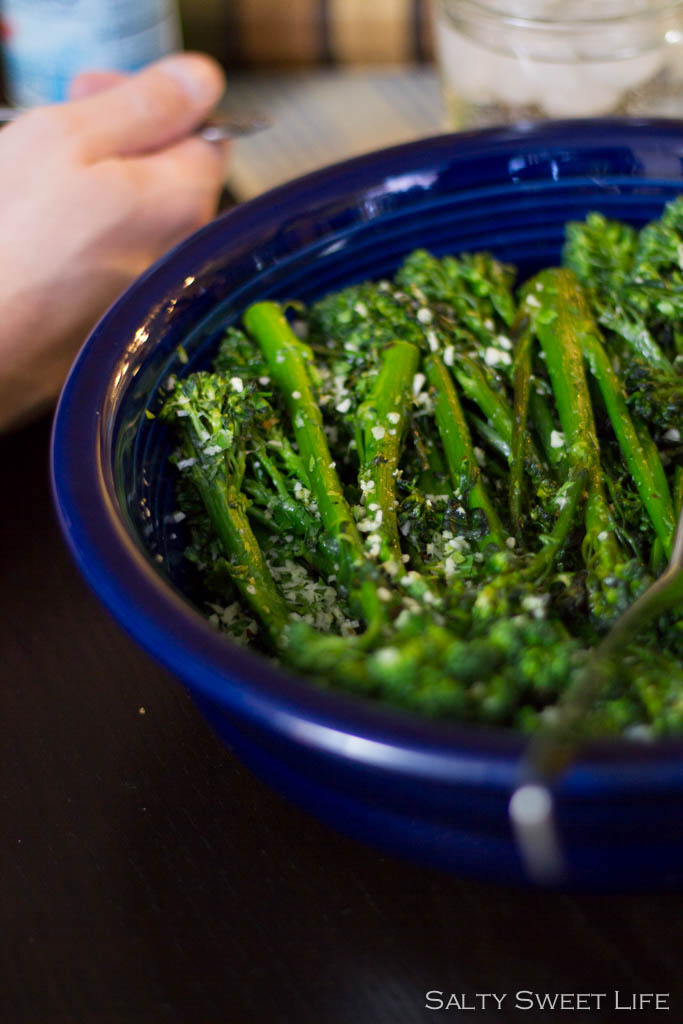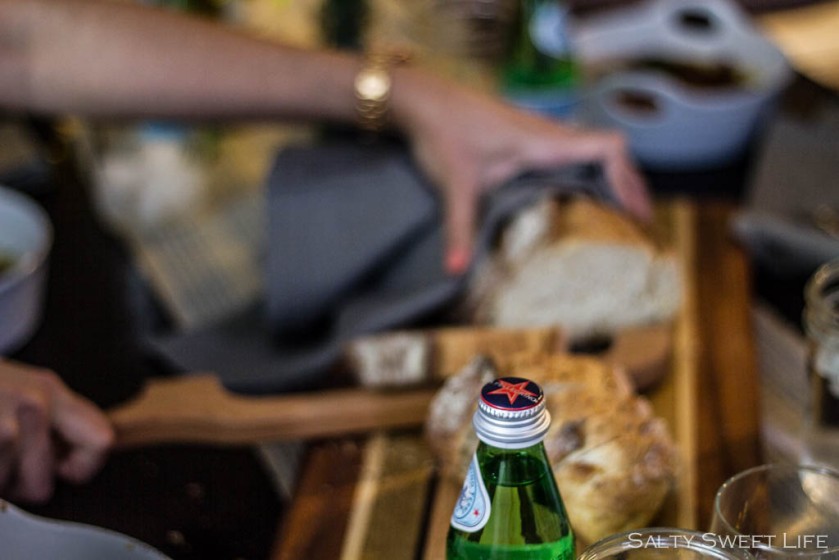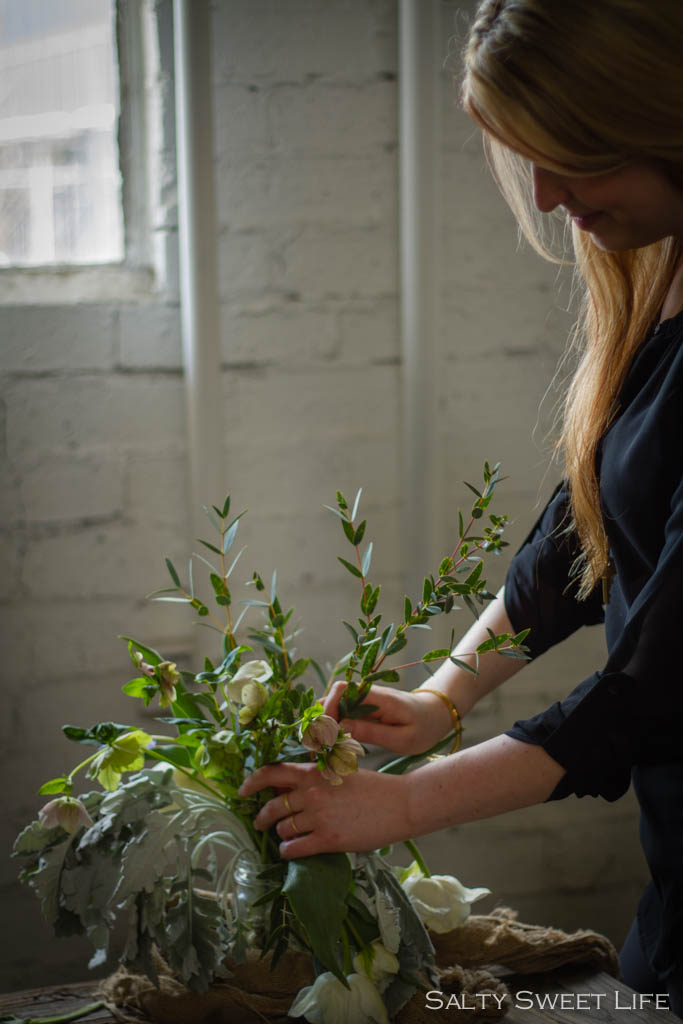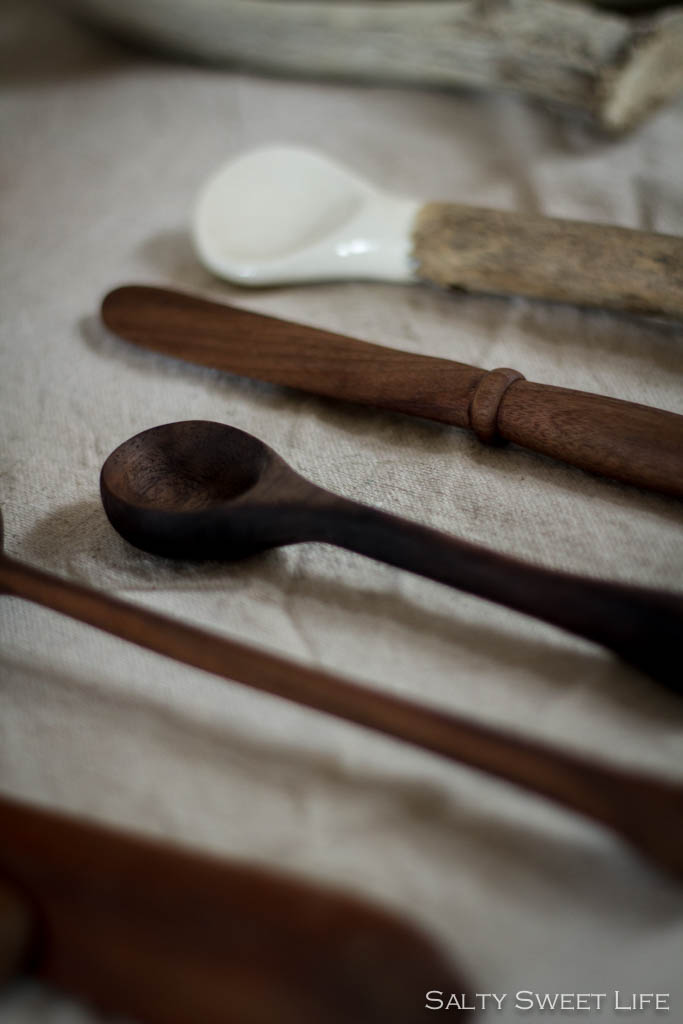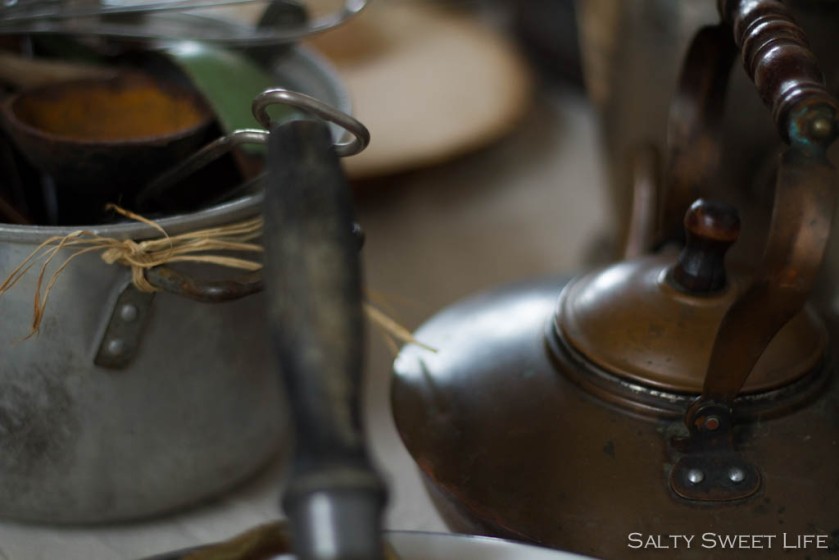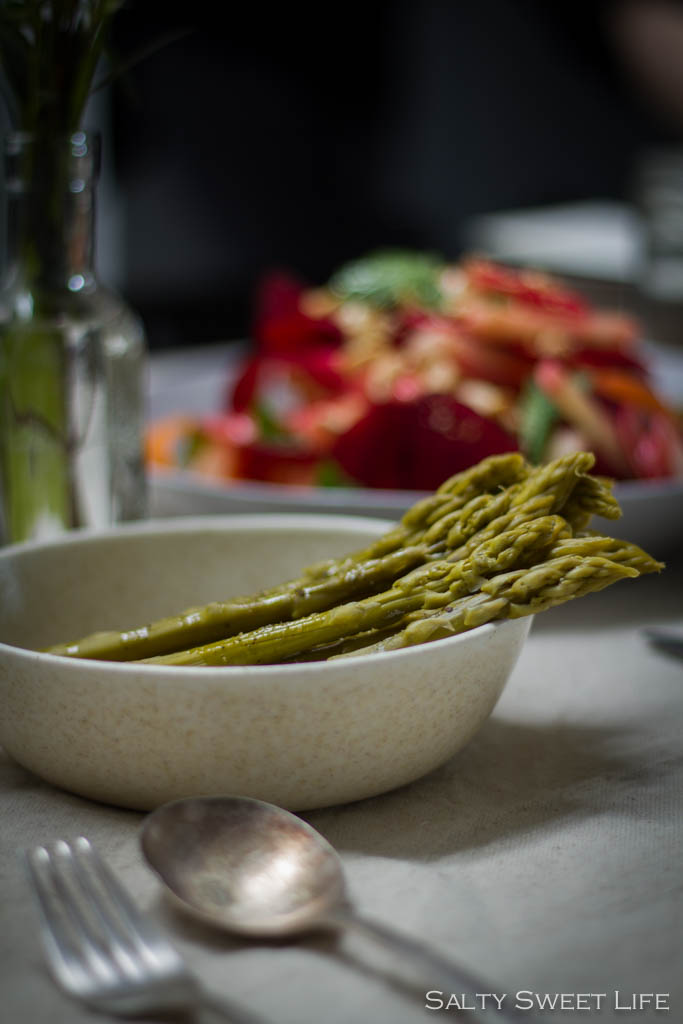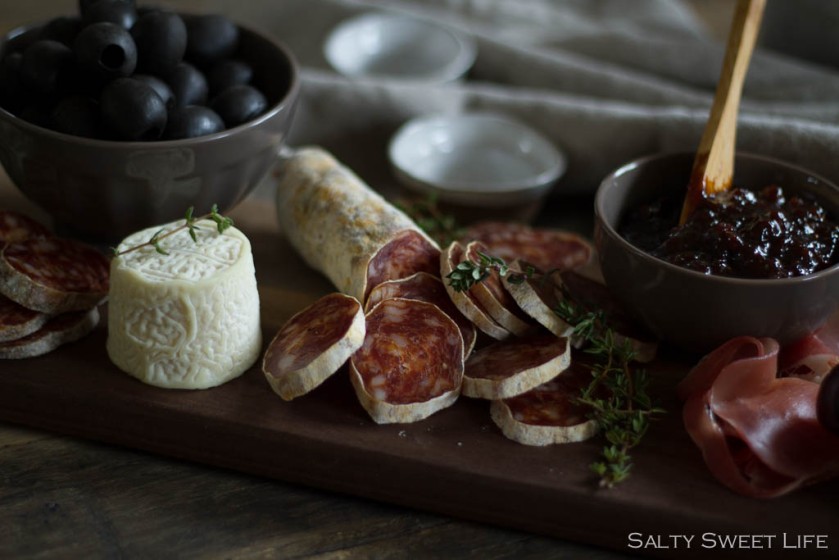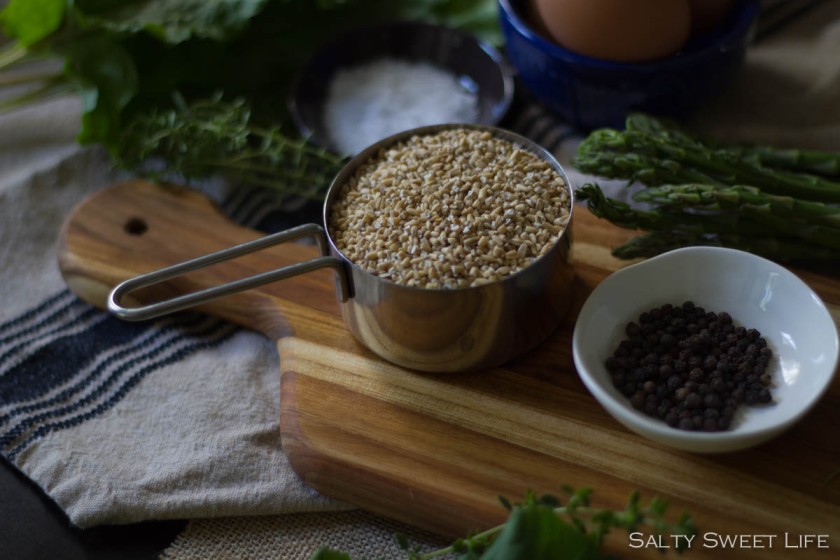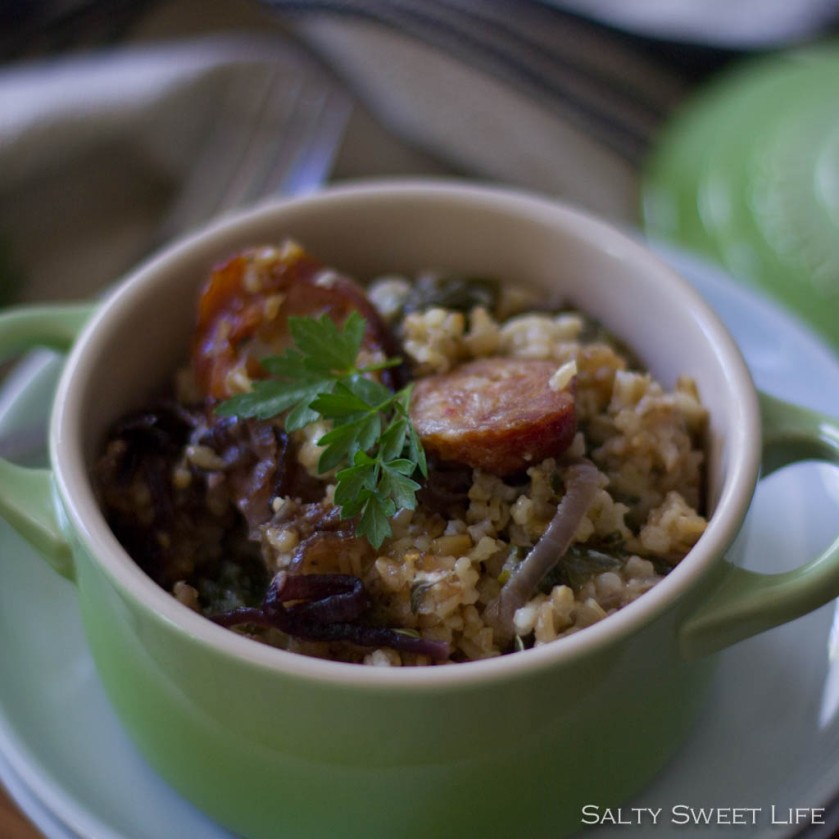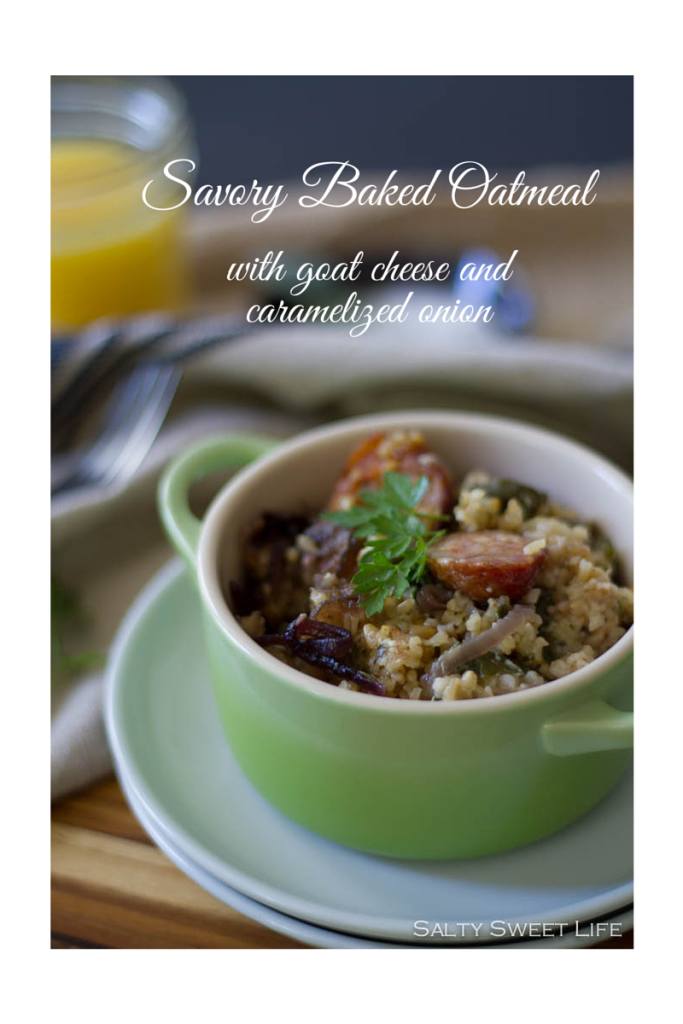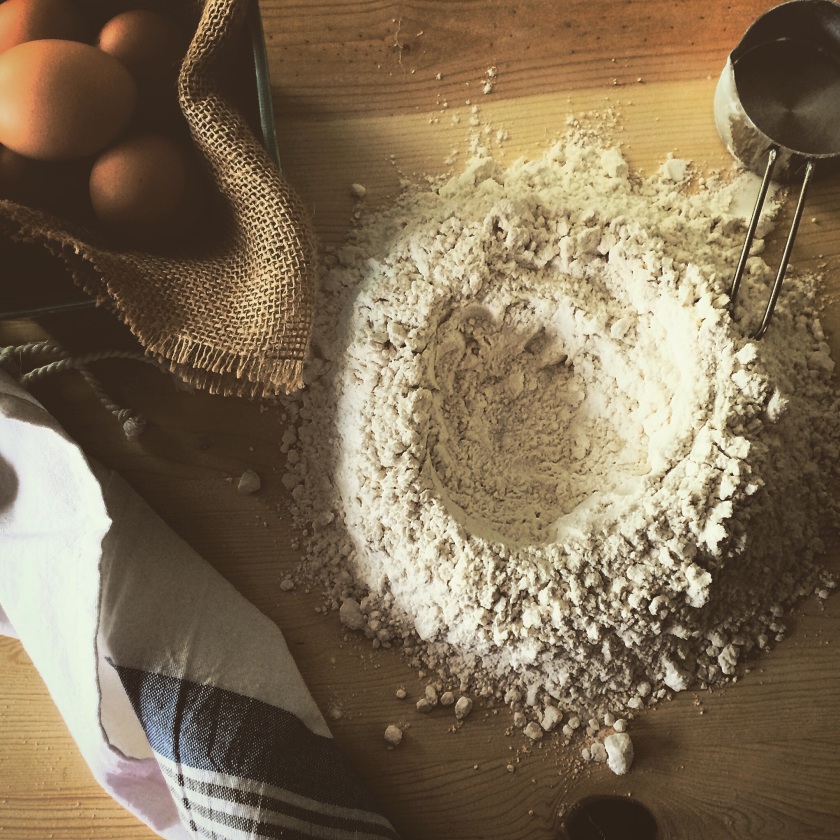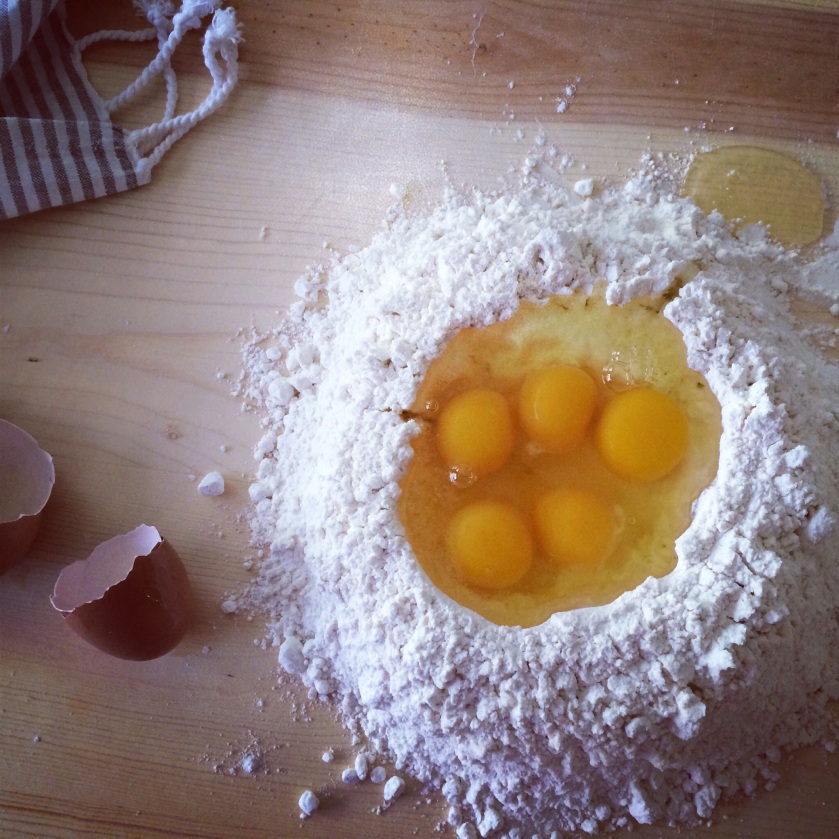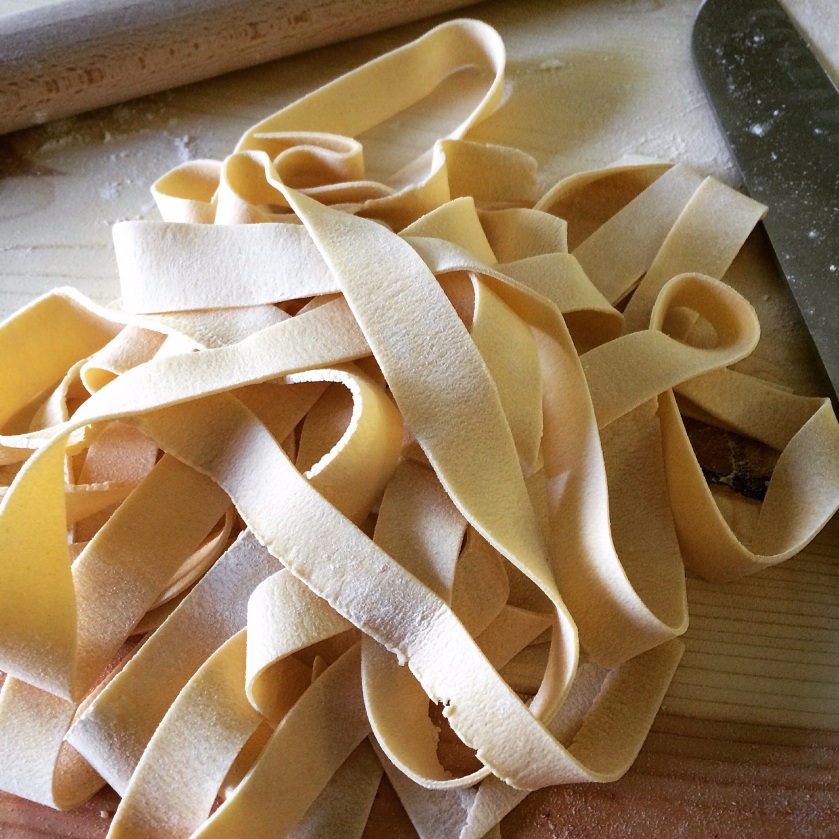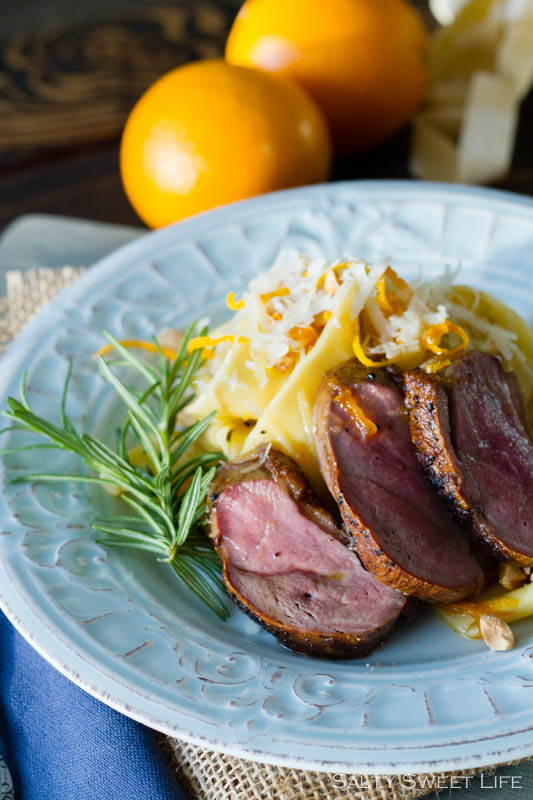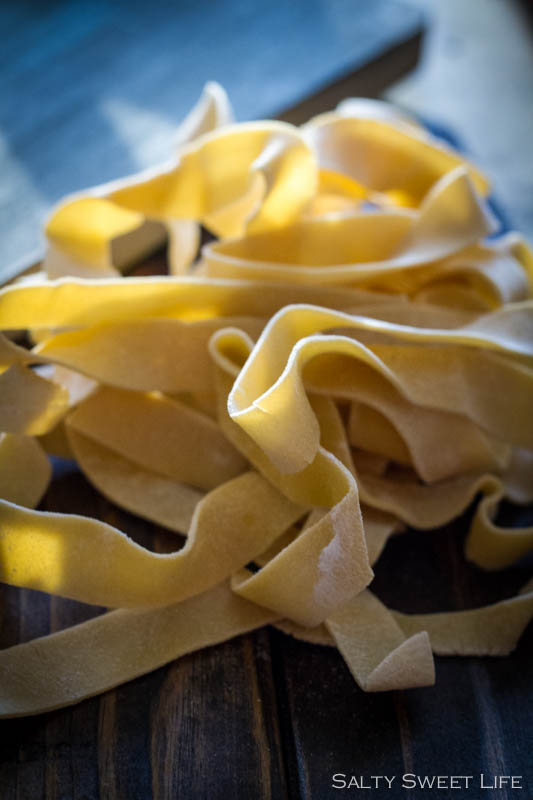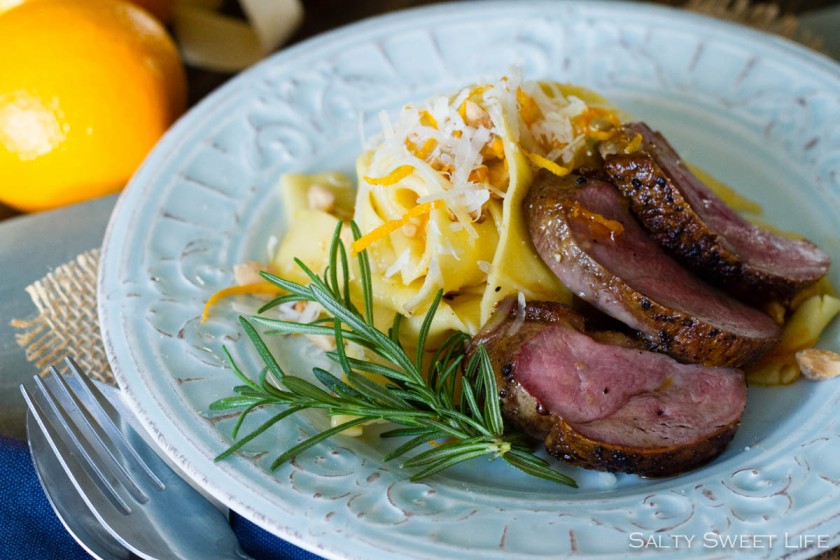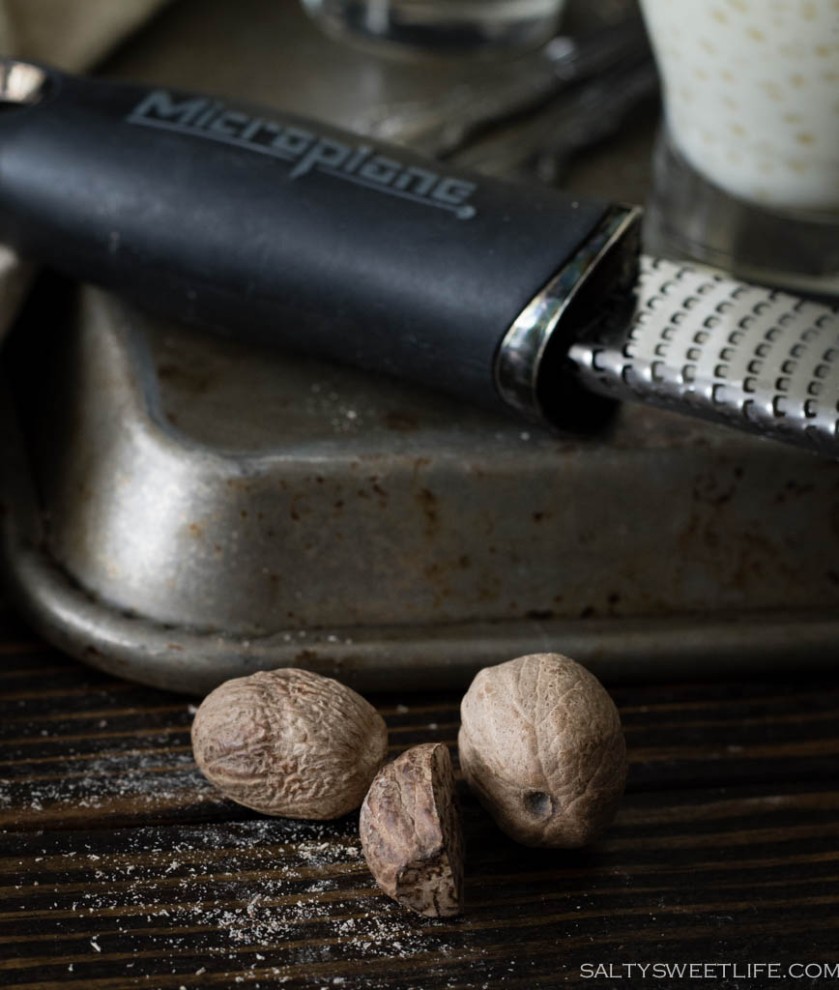Having friends join us for dinner in our home is one of the most fun and positive things we can do with our weekend. Sure, we could go out to dinner, there are more than enough amazing restaurants in Las Vegas to try, but there’s just something special about sharing a meal at home. Personally, I love having dinner parties. If I could, I would have a dinner party every single weekend!
This particular weekend, I had a dilemma. I had a nearly empty checking account and four people coming over for dinner. The solution to my dilemma was a recipe for Pork Ragú with Polenta from the March issue of Bon Appetít Magazine. When Bon Appetít arrives in my mailbox, I get as excited as a kid with a Christmas catalog–eagerly dashing away with it and dreaming of all the scrumptious recipes I can make. When I saw this recipe, it lived in the back of my mind for several weeks, just waiting for the perfect opportunity to make it.
Living in the West, I learned to cook pork shoulder using Mexican flavors, braising it in orange juice, chili powder, Mexican oregano, tomatillos. Until seeing the Bon Appetít recipe, I had not thought to use it as the base of a tomato sauce, so I was instantly intrigued. What really sealed the deal for me, was that the pork ragú was nestled in a bowl of creamy polenta. I love anything with polenta. Adding fresh herbs, butter and parmesan cheese just makes it utterly cravable.
This recipe was a perfect choice for our little impromptu dinner party for several reasons. Pork shoulder is incredibly economical. Earlier in the week, I had discovered that a pork shoulder blade steak that fed the two of us for two meals could be purchased for $2.50. A six pound pork shoulder roast was around $11.00 and could be portioned to make more than one meal. It’s a large cut of meat and makes plenty of food (which means no one leaves hungry). Polenta is equally inexpensive, around $3.00 for a 24 ounce bag (you can also find it in the bulk section of some supermarkets). Canned whole tomatoes are a pantry staple, but even a splurge for San Marzano tomatoes is less than $4.00. The fresh herbs were free and sourced from my herb garden.
Another reason that it’s a perfect dinner party choice was the cooking method. An inexpensive cut of meat, like the pork shoulder roast is best cooked low and slow in a heavy pot, like a lidded enameled cast iron pot. Pork shoulder (also called a Boston Butt) is a fattier cut of pork with a lot of connective tissue, so the meat needs an extended amount of time for the fat to render and the connective tissue to gelatinize. A long, slow braise in the oven is the perfect method for making the best, most tender pork shoulder. It isn’t a dish that you can make in a hurry, but once the initial process of chopping vegetables and browning meat is done, there is a large amount of unattended cooking time. This is especially advantageous when cooking for a group, because the day of the dinner is always a busy one with tidying up the house, setting the table, and any other errand that may pop up (and they inevitably do).
I made the recipe as written, but instead of simmering the sauce on the stovetop, I braised it in a 300 degree oven for about 3 1/2 hours. When it emerged from the oven, the meat was tender and falling apart and the sauce was thick and rich. I tasted the sauce and felt that it needed a little sweetness to balance the acidity of the tomatoes. I tested a few different things, a pinch of sugar, a squeeze of orange juice, until I settled on a drizzle of good balsamic vinegar. It added just the right touch of sweetness and tang that I felt the sauce was lacking.
My friends brought a vegetable side dish and a couple of bottles of wine and we were set. With all of the ingredients, plus flowers (daffodils were $3 for two bunches!), and a crusty loaf of bread, I was out of pocket about $20 (taking into consideration that a portion of the meat would be used for another meal. Everyone really loved the meal and there was plenty of leftover ragú which we enjoyed later in the week over pasta and even in an omelette! Most importantly, we spent a great evening with our close friends, drinking wine and unwinding from a long, stressful week.
Pork Shoulder Ragú with Polenta
Source: Very lightly adapted from Bon Appetit Magazine
I love making braises. It’s one of my favorite cooking methods and one that I use often. Braised dishes are commonly saved for the winter months, when it’s nice to have the oven on and when your stomach is craving comfort foods, but I think it’s a shame to forego braises just because winter is over. I enjoy these types of comfort food throughout the year, but once it gets really warm, I just switch to braising in an electric slow cooker–no need to have the oven on!
- 3 pound pork shoulder roast, deboned, skin and excess exterior fat removed
- Kosher salt and freshly ground black pepper
- 2 tablespoons vegetable oil
- 1 large onion, finely chopped
- 6 cloves garlic, minced
- 2 tablespoons tomato paste
- 1/2 cup red wine
- 1 28 ounce can of peeled tomatoes (I used San Marzano whole peeled tomatoes)
- 4 sprigs thyme
- 2 sprigs rosemary
- 2 bay leaves
- Balsamic vinegar, to taste
For the Polenta:
- 1 1/2 cups coarse polenta (not quick-cooking)
- 6 cups water
- 2 teaspoons chicken base or bouillon (optional)
- 1/4 cup unsalted butter
- 1/2 cup grated parmiggiano reggiano chese
- Fresh ground black pepper
- Salt
- 1 teaspoon chopped fresh thyme
- Chopped fresh parsley and basil for garnish
- Cut the pork into three pieces (remove the bone if using a bone-in roast. Season with salt and pepper and allow the meat to come to room temperature, about 30 minutes.
- Heat the 2 tablespoons of oil in a heavy bottomed pot over medium heat. Place the pork in the pan and cook, turning to brown the meat on all sides. When the meat is nice and browned, remove the meat from the pan and place on a platter, pouring off any pan juices that have accumulated.
- Wipe out any burned bits from the pan and add the onion and garlic. Cook over medium heat until the onion browns, about 12-15 minutes. Add the tomato paste and cook for another 5 to 8 minutes, until it becomes a deep maroon color.
- Add the wine, scraping up any browned bits in the pan and cook until reduced by half, 5 to 8 minutes. Add the tomatoes, crushing them by hand as you add them. Add the herbs (thyme, rosemary, bay leaves) along with two cups of water.
- Add the pork back into the pan along with any juices that may have collected on the platter.
- Press a piece of parchment paper over the top of pot, then cover the pot with its lid. Place the pot into a 300 degree oven and cook for 3 to 3 1/2 hours, until the meat is tender and falls apart easily with a fork.
- Remove the pot from the oven, and shred the pork with two fork, removing any fatty bits. Remove the herb stems and bay leaves from the pot. Season with salt, pepper and a drizzle of balsamic vinegar if desired.
For the polenta:
- Bring 6 cups of salted water to a boil. I added two teaspoons of chicken base to add extra flavor but this is completely optional and not in the original recipe.
- Slowly whisk in the polenta, continually whisking to prevent lumps. Reduce the heat to medium-low. Add the chopped thyme and cook until the polenta is thick and creamy, about 20-25 minutes.
- Add the butter and the cheese and whisk until incorporated. Season with salt and pepper.
- Spoon the polenta into bowls and top with the pork ragú. Garnish with basil and parsley and grated Parmiggiano Reggiano.



